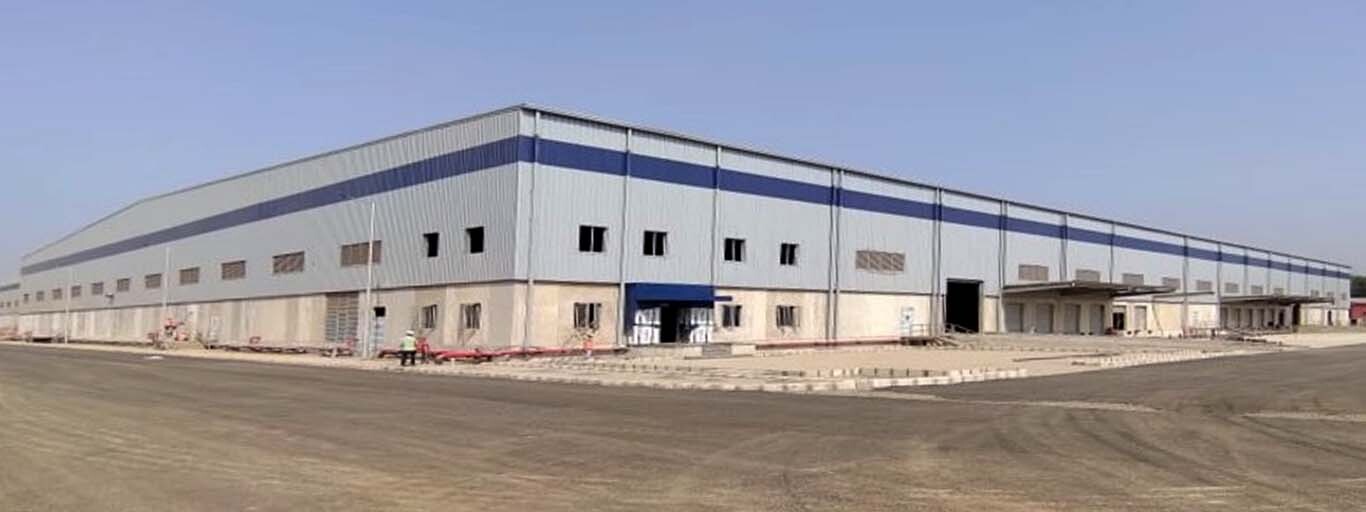The landscape of industrial warehouse construction is rapidly evolving, driven by advancements in technology that enhance efficiency, sustainability, and operational effectiveness. These innovations are revolutionizing every stage of warehouse development, from design and planning to construction and maintenance. Here’s a look at some of the most impactful technologies shaping the future of Industrial warehouse construction.
1. Building Information Modeling (BIM)
BIM has transformed the way warehouses are designed and constructed. Industrial warehouse construction technology allows for detailed 3D modeling and simulation of the entire building process, enabling architects, engineers, and construction teams to collaborate more effectively. BIM enhances accuracy in planning and reduces errors during construction, ultimately saving time and costs.
2. Prefabrication and Modular Construction
Prefabrication and modular construction techniques are gaining popularity in warehouse construction due to their efficiency and speed. Components of warehouses are fabricated off-site in controlled environments and then assembled on-site. This approach reduces construction time significantly and minimizes disruption to surrounding areas.
3. Robotics and Automation
Warehouses are increasingly integrating robotics and automation to streamline operations. Automated guided vehicles (AGVs) and robots are used for material handling, sorting, and even construction tasks. These technologies enhance efficiency, reduce labor costs, and improve safety by minimizing human intervention in hazardous environments.
4. Sustainable Building Practices
Environmental sustainability is a key consideration in modern warehouse construction. Technologies such as solar panels for energy generation, rainwater harvesting systems, and advanced insulation materials contribute to reducing the environmental impact of warehouses. Additionally, green building certifications like LEED (Leadership in Energy and Environmental Design) are becoming more common, promoting eco-friendly practices in construction.

5. Internet of Things (IoT) and Smart Warehousing
IoT-enabled sensors and devices are transforming warehouses into smart facilities. These technologies provide real-time data on inventory management, equipment performance, and environmental conditions. IoT enhances operational efficiency by optimizing resource utilization and predictive maintenance, leading to cost savings and improved productivity.
6. Augmented Reality (AR) and Virtual Reality (VR)
AR and VR are revolutionizing warehouse design and training processes. Architects and clients can visualize the warehouse design in immersive 3D environments before construction begins, facilitating better design decisions and reducing revisions. In training, VR simulations are used to familiarize workers with warehouse operations and safety protocols in a controlled, risk-free setting.
7. Drones for Site Monitoring and Inspections
Drones are increasingly used for aerial surveys, site monitoring, and inspections during warehouse construction. They provide real-time insights into construction progress, identify potential safety hazards, and facilitate accurate inventory management. Drones reduce the need for manual inspections, making the process faster and more cost-effective.














